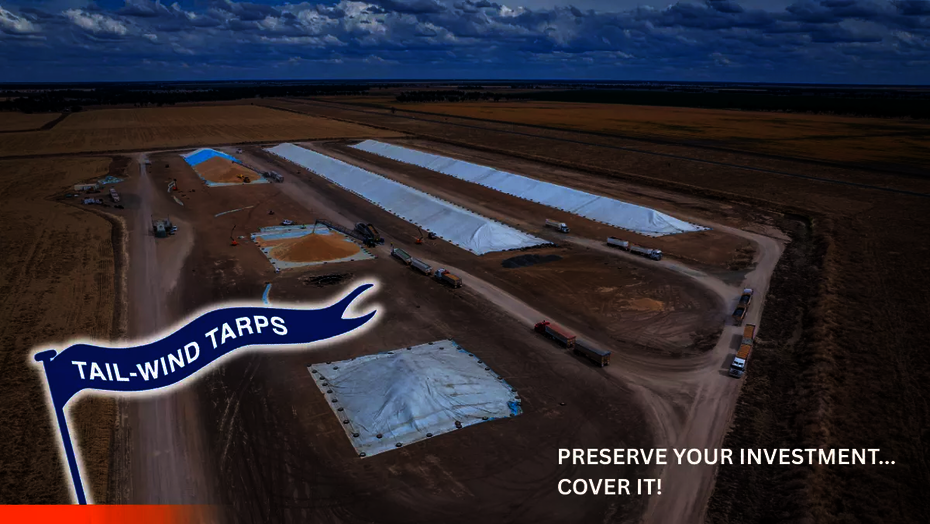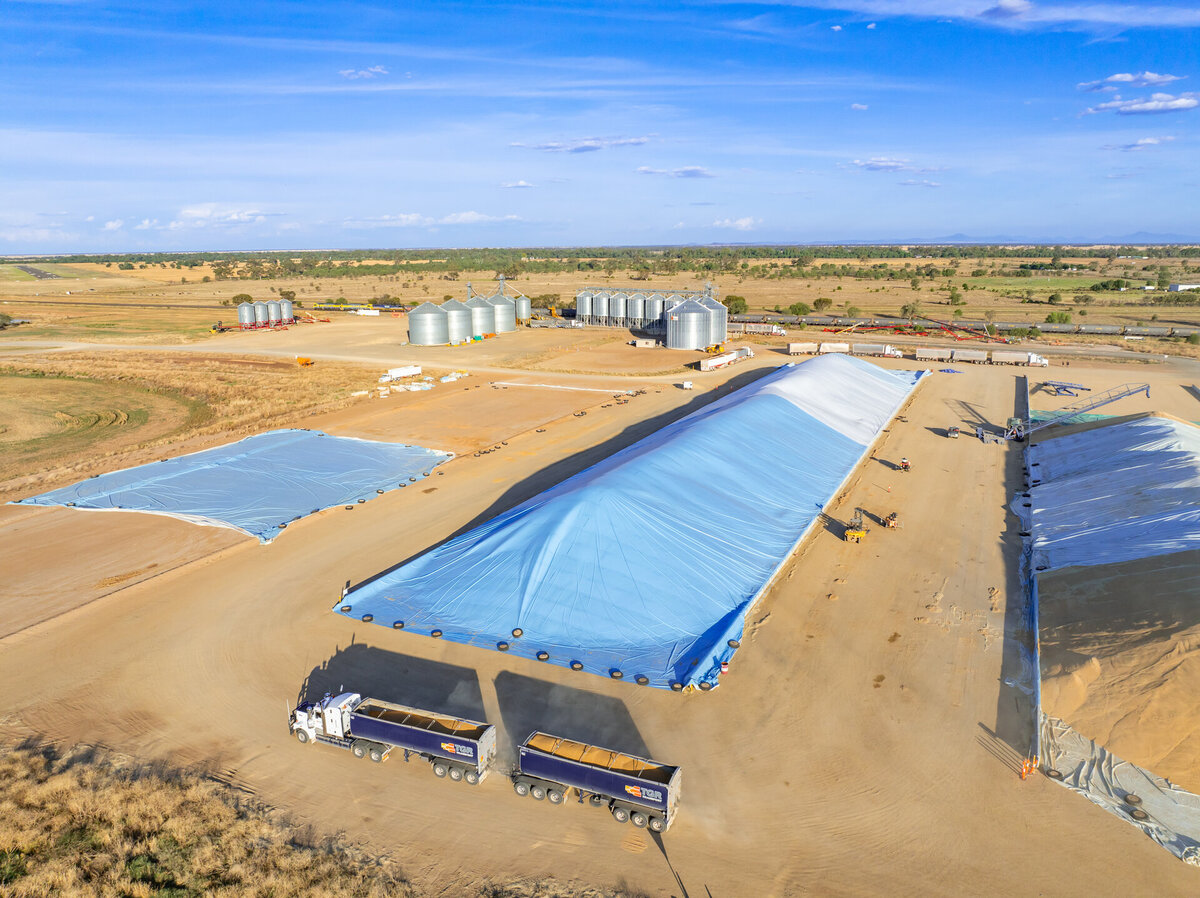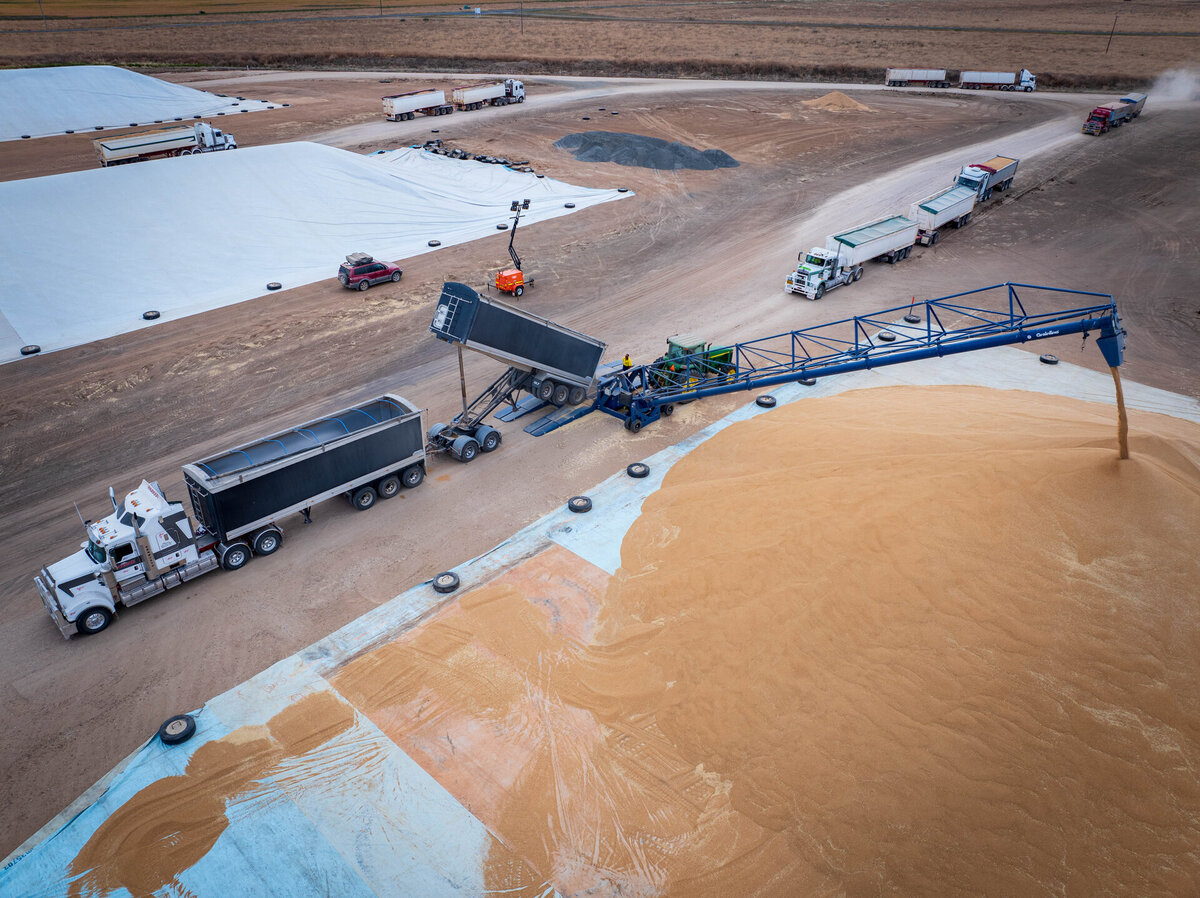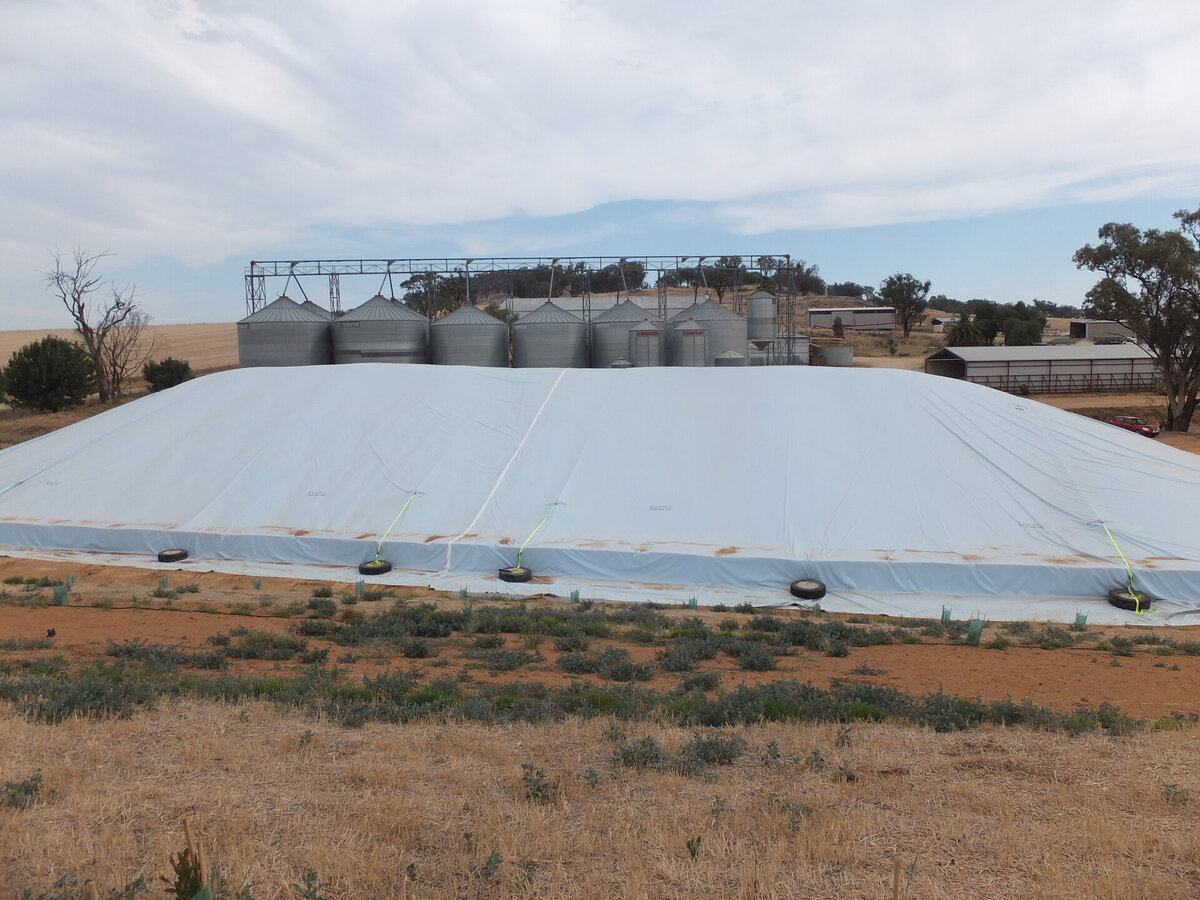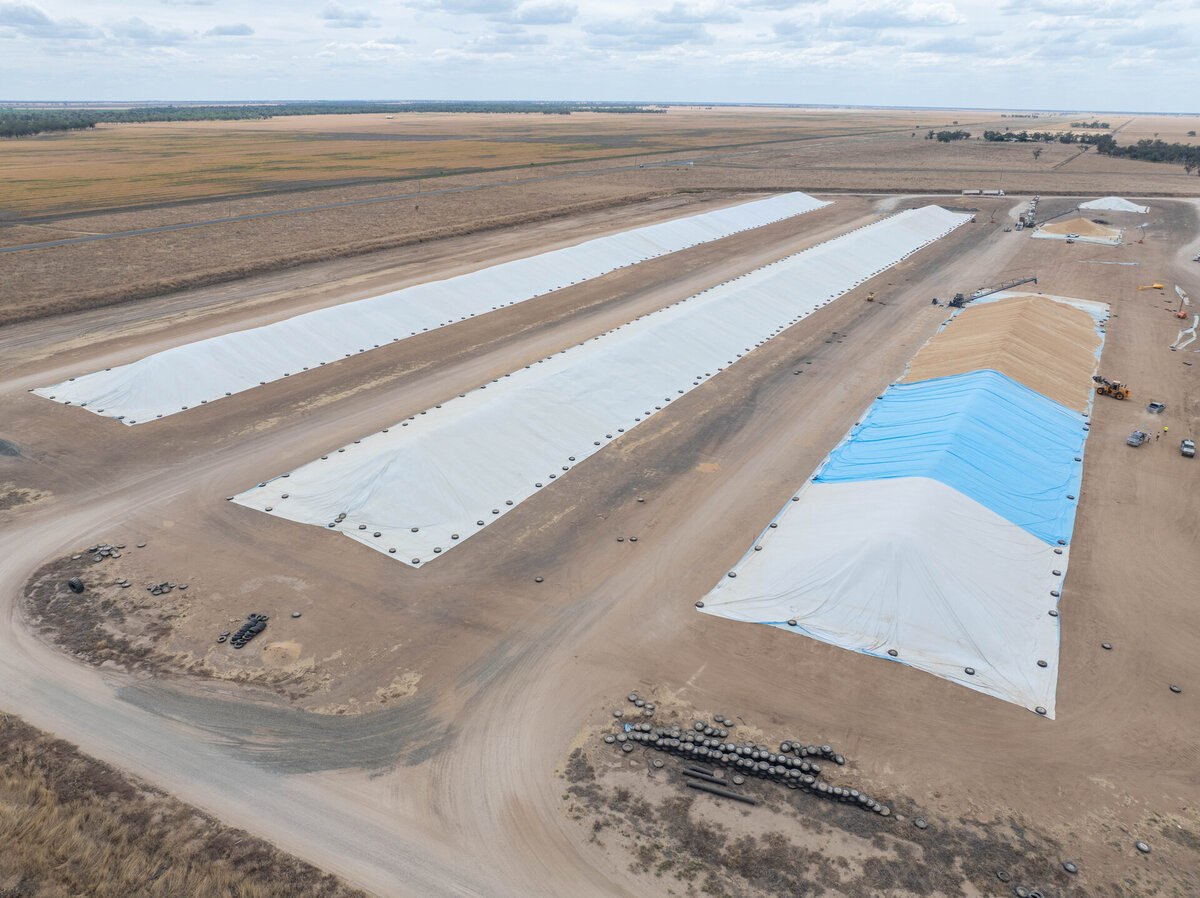Over the next few months we are going to be taking you through a comprehensive step by step guide to Grain Bunker Storage - from the initial site selection and set-up, through to filling the bunker, sealing it, and the eventual emptying of the bunker when it is time to do so.
Maybe storing in a bunker just isn’t your thing?
Fair enough, but stick with us - not only will we cover bunker storage, but we will have plenty of general storage tips along the way.
And… if things like reduced harvest stress and avoiding the logistic nightmare sound pretty good to you, you may find it worth giving a go!
Maybe you’ve stored in bunkers ump’teen dozen times?
Well, yes, you probably know just about everything there is to know. But you just never know if you might pick up a helpful little hint or tip that will help (we speak to so many people who store grain, and there is always something new that comes up).
So let’s jump in...
Site Selection & Positioning
Planning a grain storage site / facility requires a range of different considerations - often these considerations are the same regardless of the storage being in bunkers or in other storage systems.

